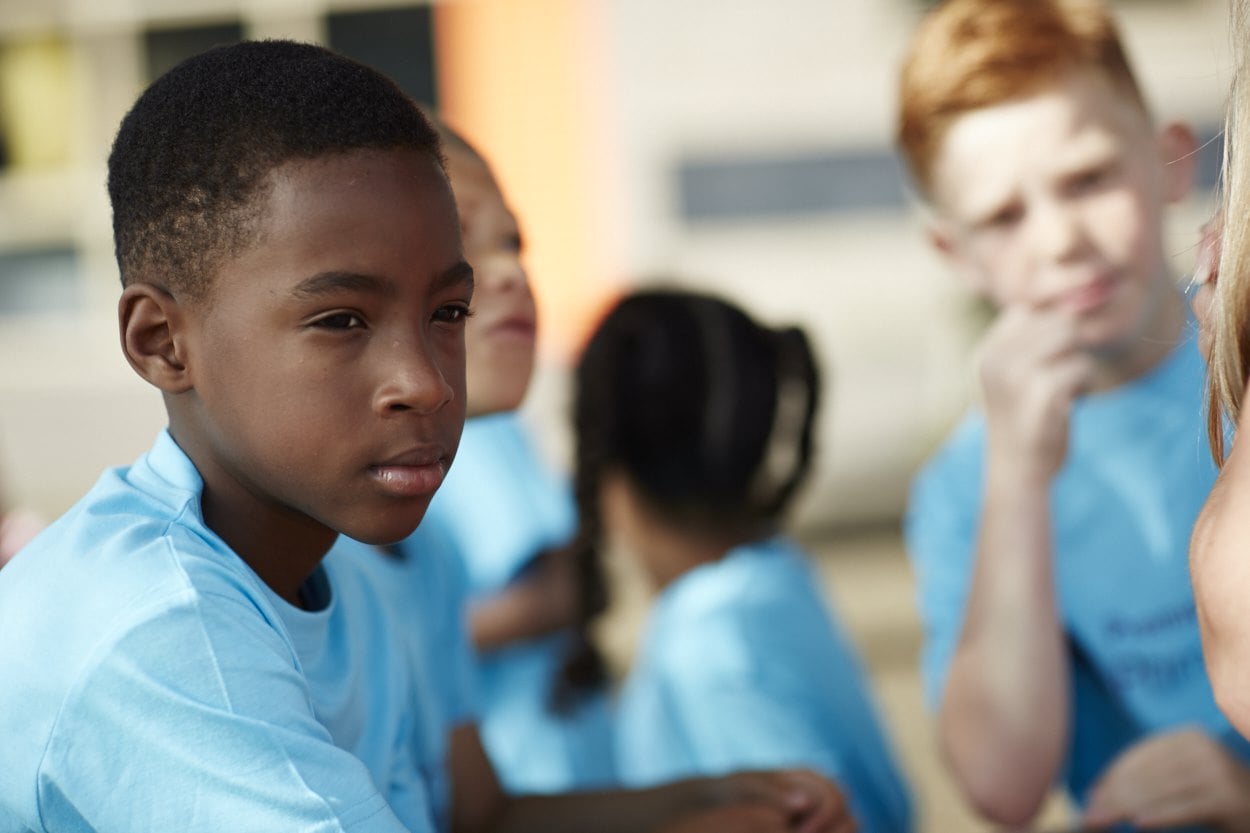Children experience racism-based bullying in many schools worldwide. Racism in schools is an alarming global issue that can take many forms, including verbal slurs, physical intimidation, exclusion, and systemic discrimination. When children with different racial and ethnic backgrounds are treated unfairly, which they often are, it impacts their education, mental health, and overall well-being. This prevalent issue needs urgent intervention from parents, educators, and policymakers.
The Impact of Racism on Children
When schools become a battleground where children always have to defend themselves against racist encounters, the impacts can be drastic. Children may experience short-term or long-term effects. Some of the key impacts include:
Emotional and Psychological Distress: Racial discrimination in schools often leads to students experiencing anxiety, depression, and low self-esteem. Studies show that they can also develop post-traumatic stress or mental health issues.
Academic Performance Decline: When school is where children are targeted, they sometimes lose interest in learning. This can lead to a decline in their academic performance and less participation in school activities as they feel unwelcome.
Social Isolation: Students facing racism-based bullying may find it difficult to make friends or participate in groups. This can affect their ability to form relationships later in life.
Physical Health Effects: Studies show that students who experience racism can develop chronic stress. This can lead to symptoms like headaches and difficulty sleeping. Their immune system can also weaken from the stress.
Increased Likelihood of Risky Behaviours: Students struggling with racism may turn to risky behaviours in an attempt to cope with trauma. They may engage in things like substance abuse, or they may become aggressive.

What Experts Say About Racism in Schools
Dr. Beverly Daniel Tatum, a renowned psychologist, encouraged schools to acknowledge and discuss racism to foster a better understanding among students, which could significantly reduce prejudices.
Professor and author of “How to Be an Antiracist,” Ibram X. Kendi, urges schools to develop a proactive anti-racist education by changing from their “colourblind” approach to incorporating anti-racist curricula.
Solutions for Parents and Schools
For Parents:
Talk About Race at Home: Racism should not be a one-time discussion at home. It needs to be an ongoing conversation in which you educate your child about diversity, respect, and inclusion.
Recognise the Signs: Create a safe space at home where your child feels comfortable to express what they are feeling, alerting you if they are experiencing racism-based bullying at school. Look out for signs like anxiety, withdrawal, or a sudden decline in academic performance.
Advocate for Your Child: It is crucial to immediately report the matter to school authorities. Working with teachers and administrators will ensure that the issue is dealt with correctly.
Encourage Cultural Pride: Children struggling with racism at school may have lost confidence in their heritage and background. It is important to teach them about their cultural history and achievements.
Seek Support: If your child shows signs of anxiety, depression, post-traumatic stress, or any other effects of racism, seek professional counselling.

For Schools:
Implement Anti-Racism Policies: Schools can reduce racism-bullying by implementing strict anti-racism policies with clear consequences.
Diverse and Inclusive Curricula: Incorporating anti-racism curricula, in which students learn about different cultures by reading more and discussing more, can promote understanding and respect.
Train Educators on Racial Sensitivity: Seminars or workshops should be held to train teachers and staff to recognise racism and address it in the classroom.
Create Safe Reporting Systems: Some students don’t report it due to fear of retaliation. Schools can create a safer environment for children by establishing safe and anonymous ways for students to report racism-based bullying.
Encourage Student-Led Initiatives: Schools can encourage students to participate in the initiative to reduce racism by encouraging them to form groups and clubs focused on diversity, equity, and inclusion.

